Latest & Greatest

No-Bake Oreo Cheesecake Delightful and Easy Recipe
Looking for a dessert that’s both easy and delicious? This No-Bake Oreo Cheesecake is the answer! With just a handful
Read more…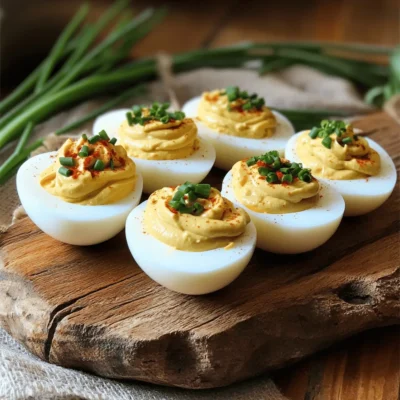
Classic Deviled Eggs Flavorful and Simple Recipe
Are you ready to elevate your appetizer game? Classic deviled eggs are tasty, easy, and perfect for any gathering! In
Read more…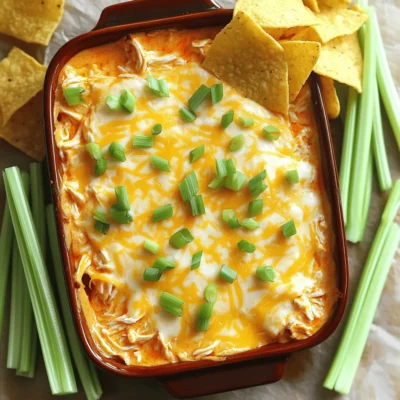
Buffalo Chicken Dip Savory and Easy Party Snack
Looking for the perfect party snack that everyone will love? Buffalo Chicken Dip is your answer! This spicy and creamy
Read more…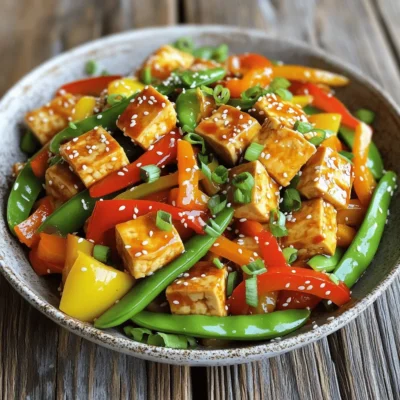
Sweet Chili Tofu Stir Fry Delicious and Easy Recipe
Are you ready to whip up something quick, tasty, and satisfying? Let’s dive into my Sweet Chili Tofu Stir Fry!
Read more…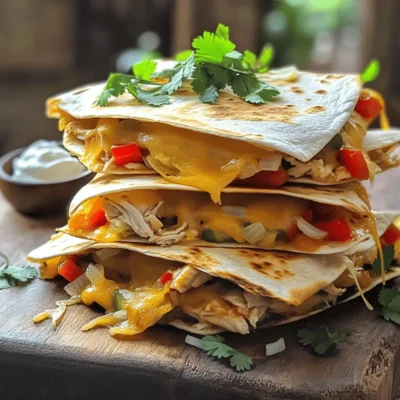
Easy Chicken Quesadillas Quick and Tasty Meal Idea
Craving a quick and tasty meal? You’re in the right place! In just a few steps, you can whip up
Read more…
Baked Feta Pasta Cozy and Creamy Delightful Meal
Looking for a cozy meal that warms your heart? Baked Feta Pasta is your answer! This creamy delight combines simple
Read more…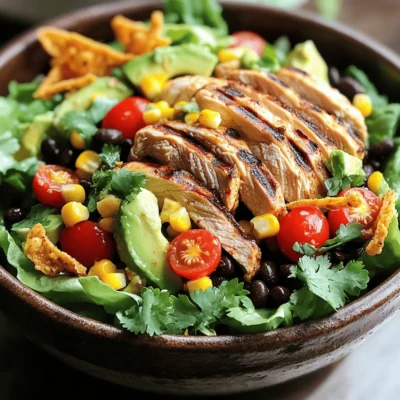
Southwest Chicken Salad Fresh and Flavorful Recipe
Looking for a fresh and tasty meal? My Southwest Chicken Salad is packed with flavor and simple to make! This
Read more…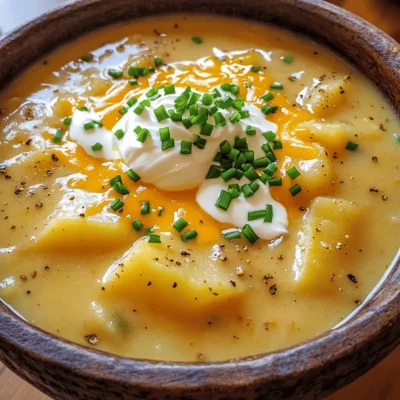
Loaded Baked Potato Soup Comforting Creamy Delight
If you’re craving a warm, hearty dish that brings comfort to your kitchen, look no further! Loaded Baked Potato Soup
Read more…browse recipes
![- 4 chicken thighs (bone-in, skin-on for more flavor) - 2 cups broccoli florets - 2 cups bell peppers (mixed colors), sliced - 1 cup carrots, sliced - 1 large red onion, cut into wedges - 4 cloves garlic, minced - 4 tablespoons olive oil - 1 teaspoon smoked paprika - 1 teaspoon dried Italian herbs (oregano, basil, thyme) - Salt and pepper to taste - Juice of 1 lemon - Fresh parsley, chopped (for garnish) The main ingredients create a hearty, balanced meal. Chicken thighs offer rich flavor and juicy meat. The veggies add color, crunch, and nutrients. - Other veggie suggestions: zucchini, asparagus, or cherry tomatoes. - Protein alternatives: chicken breasts, shrimp, or tofu for a vegetarian option. Feel free to swap in your favorite veggies or proteins. This dish is flexible and easy to customize. - Sheet pan - Parchment paper - Mixing bowls Using a sheet pan makes cooking and cleanup simple. Parchment paper helps prevent sticking and saves time. Mixing bowls help you combine all the ingredients well. For the full recipe, check [Full Recipe]. This meal is quick, fun, and perfect for family nights. 1. Preheat oven and prepare the pan Start by preheating your oven to 425°F (220°C). Line a large sheet pan with parchment paper. This makes cleanup easy and helps the food not stick. 2. Seasoning the chicken In a large bowl, mix the chicken thighs with half of the olive oil, smoked paprika, Italian herbs, salt, and pepper. Use your hands to coat the chicken evenly. This step adds great flavor. 3. Tossing the vegetables In another bowl, combine the broccoli, bell peppers, carrots, and red onion. Add the remaining olive oil, minced garlic, lemon juice, and a pinch of salt and pepper. Toss everything well until the veggies are coated. 1. Arrange chicken and veggies on the sheet pan Place the seasoned chicken thighs on one side of the sheet pan. Spread the veggies out on the other side. Make sure they have space. This helps them roast well. 2. Roasting time and temperature Put the sheet pan in the preheated oven. Roast everything for 25-30 minutes. The chicken should reach an internal temperature of 165°F (75°C). The veggies should be tender and lightly browned. 3. Ensuring proper doneness Check the chicken with a meat thermometer. If it’s not done, return it to the oven for a few more minutes. The veggies should be soft but not mushy. 1. Resting time Once done, take the sheet pan out of the oven. Let it rest for a few minutes. This helps the juices settle in the chicken. 2. Garnishing before serving Before you serve, sprinkle fresh chopped parsley on top. This adds a lovely color and fresh taste. You can serve directly from the pan or transfer to a platter for a nicer look. For the full recipe, check out the details above! - Avoiding overcrowding the pan: Make sure to space the chicken and veggies apart. Crowding can lead to steaming instead of roasting. This means less crispiness and flavor. Always use a large enough sheet pan for even cooking. - Adjusting cooking time based on thickness: Chicken thighs take longer than chicken breasts. If you use different cuts, check them often. A meat thermometer helps ensure chicken reaches 165°F. This keeps everything juicy and safe to eat. - Experimenting with other herbs and spices: Don't be afraid to mix it up! Try using rosemary, cumin, or even a bit of chili powder. Each herb brings its own taste. This makes your dish exciting and new each time. - Marinating chicken ahead for extra flavor: Marinating chicken for a few hours or overnight adds depth to the taste. Use olive oil, vinegar, and your favorite spices. The longer you marinate, the better it gets! - Pairing ideas (sides and sauces): Serve with rice, quinoa, or a simple green salad. A tasty sauce, like a yogurt sauce or chimichurri, brightens the meal. It adds moisture and flavor, making every bite enjoyable. - Presentation tips: A great way to serve is directly from the sheet pan. This gives a rustic feel. For a fancier touch, transfer everything to a large platter. Drizzle more lemon juice and sprinkle fresh parsley. This adds color and freshness to the meal. For the full recipe, check out the Sheet Pan Chicken and Veggies Delight. {{image_2}} You can use different chicken cuts in this recipe. Chicken breasts are leaner than thighs. They cook quickly and stay juicy when roasted right. Thighs have more fat, which adds rich flavor and moisture. If you want a healthier option, try skinless chicken. Skinless cuts reduce fat while still giving good taste. Change the veggies based on the season. In spring, use asparagus and snap peas. Summer is great for zucchini and cherry tomatoes. Fall brings squash and Brussels sprouts. Winter is perfect for root veggies like carrots and parsnips. You can also add starches like potatoes or sweet potatoes. They give a hearty feel and bake well with chicken. Make this dish gluten-free by checking the spice labels. Most spices are safe, but some may have gluten. For a low-carb version, skip starchy veggies. Use more non-starchy options like green beans or cauliflower. This keeps the meal light and healthy, perfect for various diets. For the full recipe, check the details above. To store leftovers, let the dish cool completely. Place chicken and veggies in an airtight container. This keeps them fresh and prevents odors. In the fridge, your meal lasts about 3 to 4 days. Always check for any signs of spoilage before eating. To freeze for later use, portion out the chicken and veggies. Use freezer-safe bags or containers. Squeeze out excess air to prevent freezer burn. They can stay good for up to 3 months. When you’re ready to eat, thaw in the fridge overnight. For reheating, the oven is best. It keeps the chicken crispy and veggies tender. Preheat the oven to 350°F (175°C). Place the meal in a dish, cover it with foil, and heat for about 15-20 minutes. If you use a microwave, heat in short bursts to avoid sogginess. This way, you maintain texture and flavor. If the chicken is undercooked, check its internal temperature. Use a meat thermometer to ensure it reaches 165°F (75°C). If it’s below this, return it to the oven. Cook for an extra 5 to 10 minutes. Check the temperature again to be sure. Yes, you can use frozen veggies. However, you will need to adjust the cooking time. Frozen veggies often need a few extra minutes to cook. They may also release more water, which can change the texture. If you want crispy veggies, consider roasting them separately. You can easily make this recipe healthier. Start by reducing the oil and salt. Try using half the amount of oil. You can also add more vegetables like spinach or zucchini. This boosts fiber and nutrients without adding many calories. In this post, I covered the key ingredients and steps for a delicious roasted chicken meal. You learned about main ingredients, optional add-ins, and the needed equipment. I also shared cooking tips, variations for dietary needs, and proper storage techniques. Remember, creating this dish lets you experiment and enjoy meals that fit your taste. Embrace these ideas to make your cooking fun and tasty. Happy cooking!](https://southerndishes.com/wp-content/uploads/2025/06/1f5e7f0c-dae1-4f2b-a4fc-ec784867bfd0.webp)
Sheet Pan Chicken and Veggies Simple Family Meal
Looking for a quick, tasty family dinner? Sheet Pan Chicken and Veggies is your answer! This recipe is simple, and it brings big flavor…
My Latest Desserts
-
Chocolate Chip Pumpkin Bread Fresh and Tasty Recipe
Are you ready to bake something special? This Chocolate Chip Pumpkin Bread recipe is fresh and tasty! It blends the Read Full Recipe -
Pecan Praline Dump Cake Irresistible Easy Dessert
Are you ready to impress your friends and family with a simple yet delicious dessert? Let me introduce you to Read Full Recipe -
Pumpkin Chocolate Chip Bread Delightful Moist Treat
Are you ready to bake the most delightful treat of the season? Pumpkin chocolate chip bread is a moist, flavorful Read Full Recipe -
Strawberry Cream Cheese Quesadillas Delightful Treat
Get ready to delight your taste buds with Strawberry Cream Cheese Quesadillas! This sweet twist on a savory favorite will Read Full Recipe -
Pumpkin Bread With Streusel Topping Easy Recipe
Do you love the warm, spicy flavors of pumpkin bread? With my easy recipe for Pumpkin Bread With Streusel Topping, Read Full Recipe -
Cinnamon Swirl Pumpkin Bread Irresistible Recipe Guide
Craving a cozy, fall-inspired treat? You’ll love my Cinnamon Swirl Pumpkin Bread! This guide gives you everything you need to Read Full Recipe -
Pumpkin Chocolate Chip Muffins Delicious and Easy Recipe
If you’re looking for a simple and delicious treat, these Pumpkin Chocolate Chip Muffins are calling your name! With warm Read Full Recipe -
Chocolate Chip Pumpkin Bread Irresistible Treat
Are you ready to bake an irresistible treat that combines the cozy flavors of fall? This Chocolate Chip Pumpkin Bread Read Full Recipe -
No Bake Peanut Butter Bars Simple and Tasty Treat
Craving a sweet treat that’s easy to whip up? You’ll love these no bake peanut butter bars! With just a Read Full Recipe -
Apple Pie Cups Delightful Dessert for Any Occasion
Are you ready to enjoy a delightful dessert that fits any occasion? Apple Pie Cups bring the classic flavors of Read Full Recipe
My Latest Recipes
hey,
i’m !
I’m so happy you’re here!
My kitchen is filled with stories, flavors, and love and I’m so happy to share them with you. Here’s to dishes that feel like home.
Cauliflower Rice Stir Fry Flavorful and Quick Meal
Looking for a quick and tasty meal? My Cauliflower Rice Stir Fry hits the spot! Packed with vibrant veggies and bold flavors, this recipe…
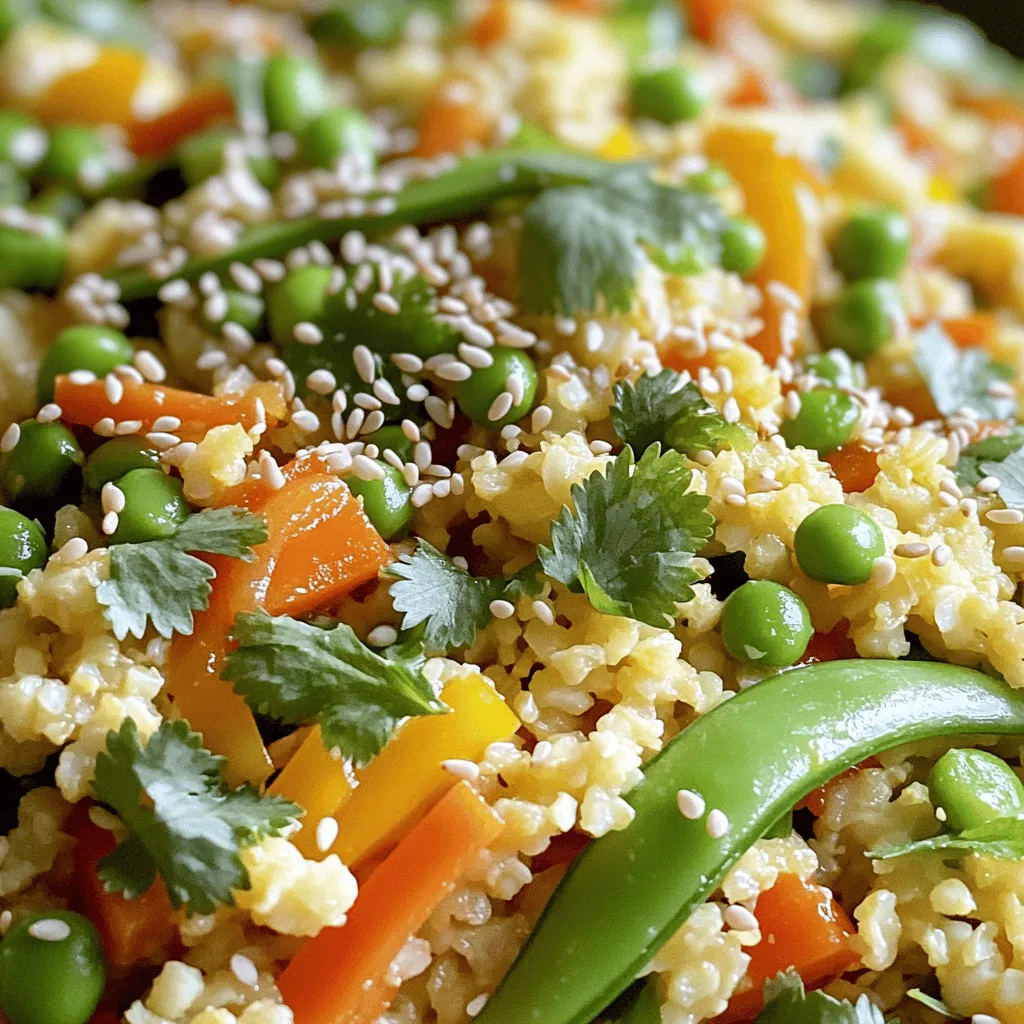
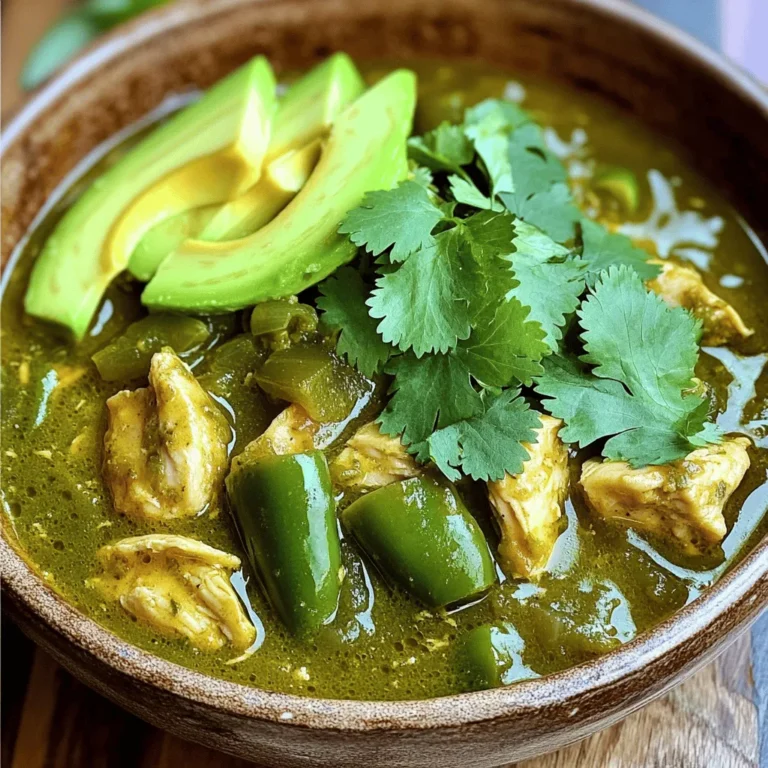
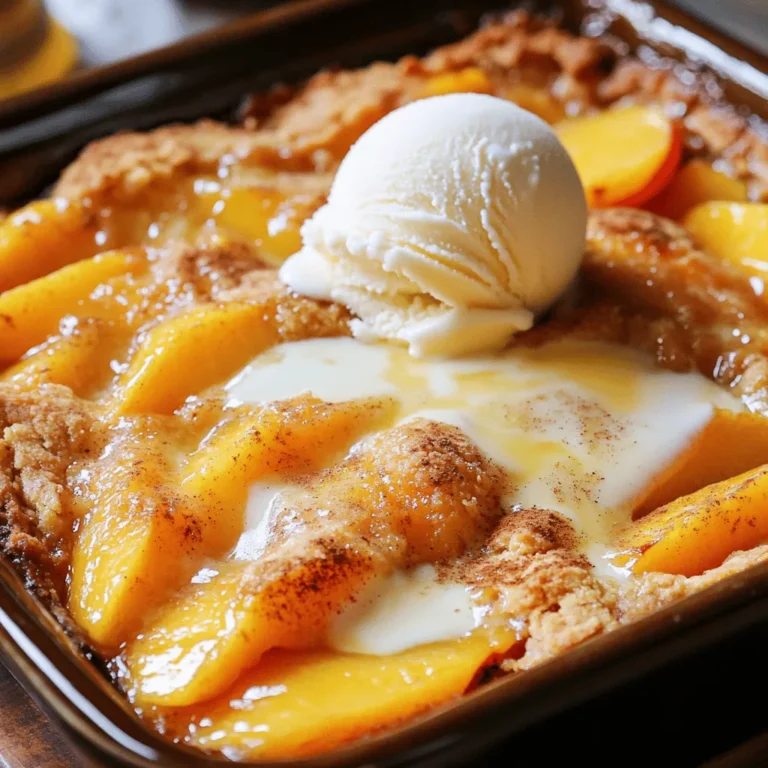
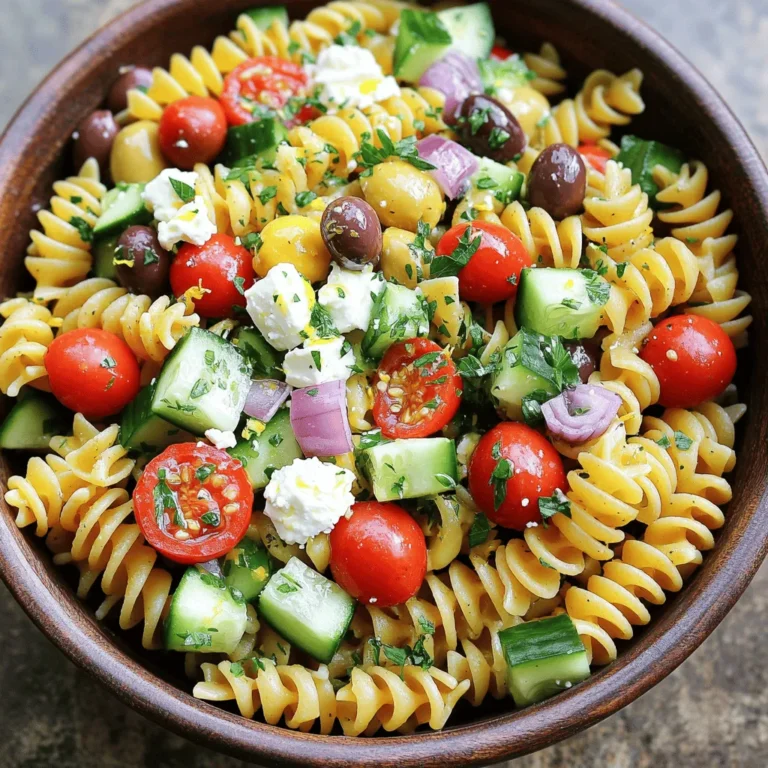
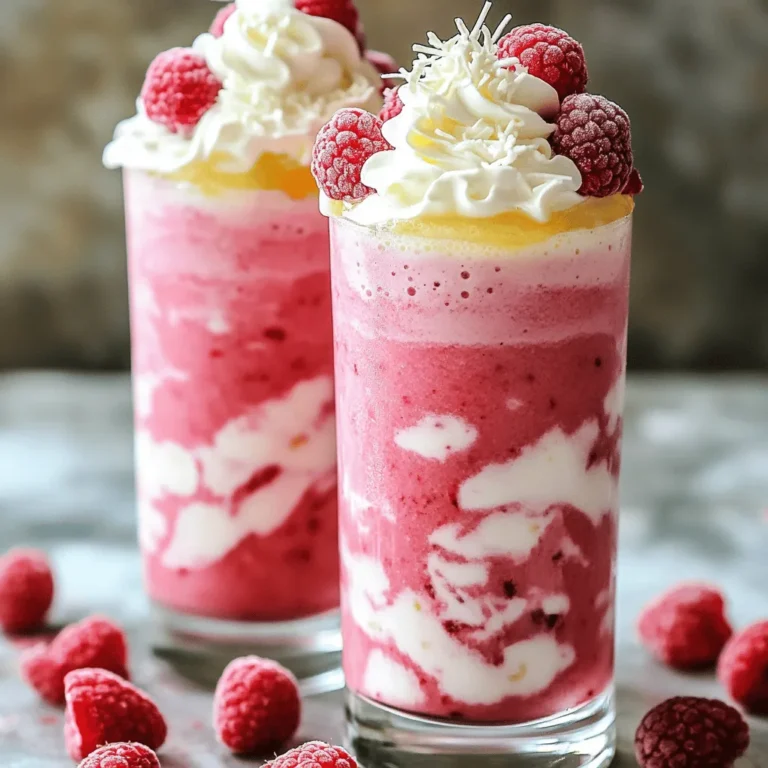
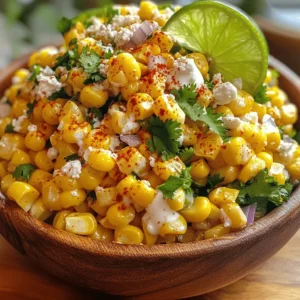
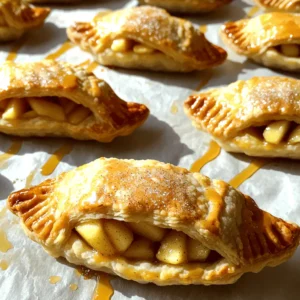
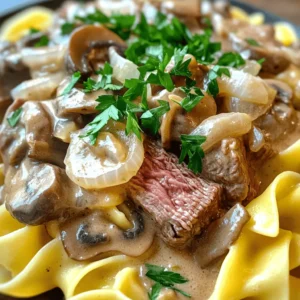
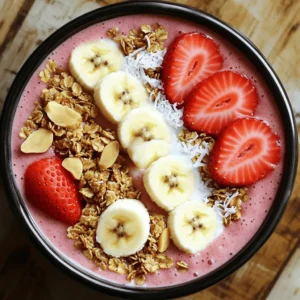
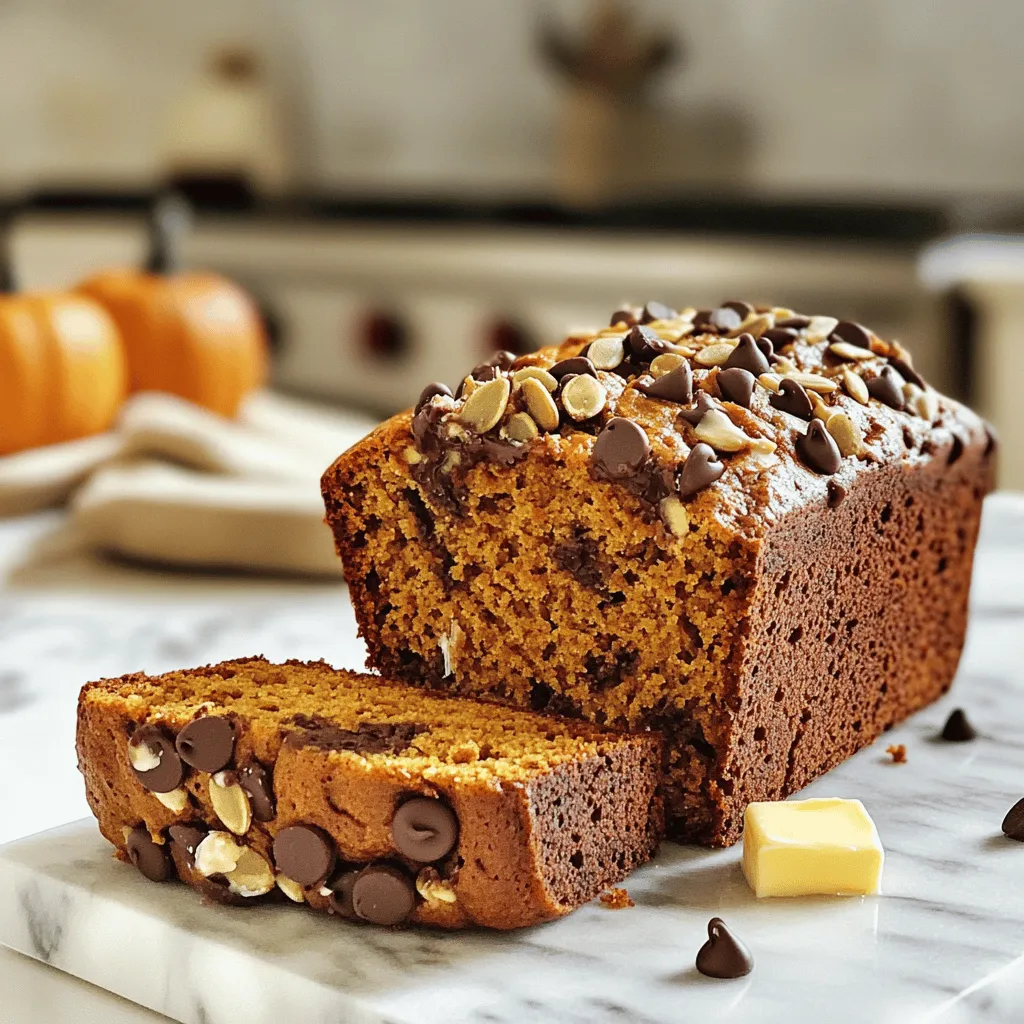
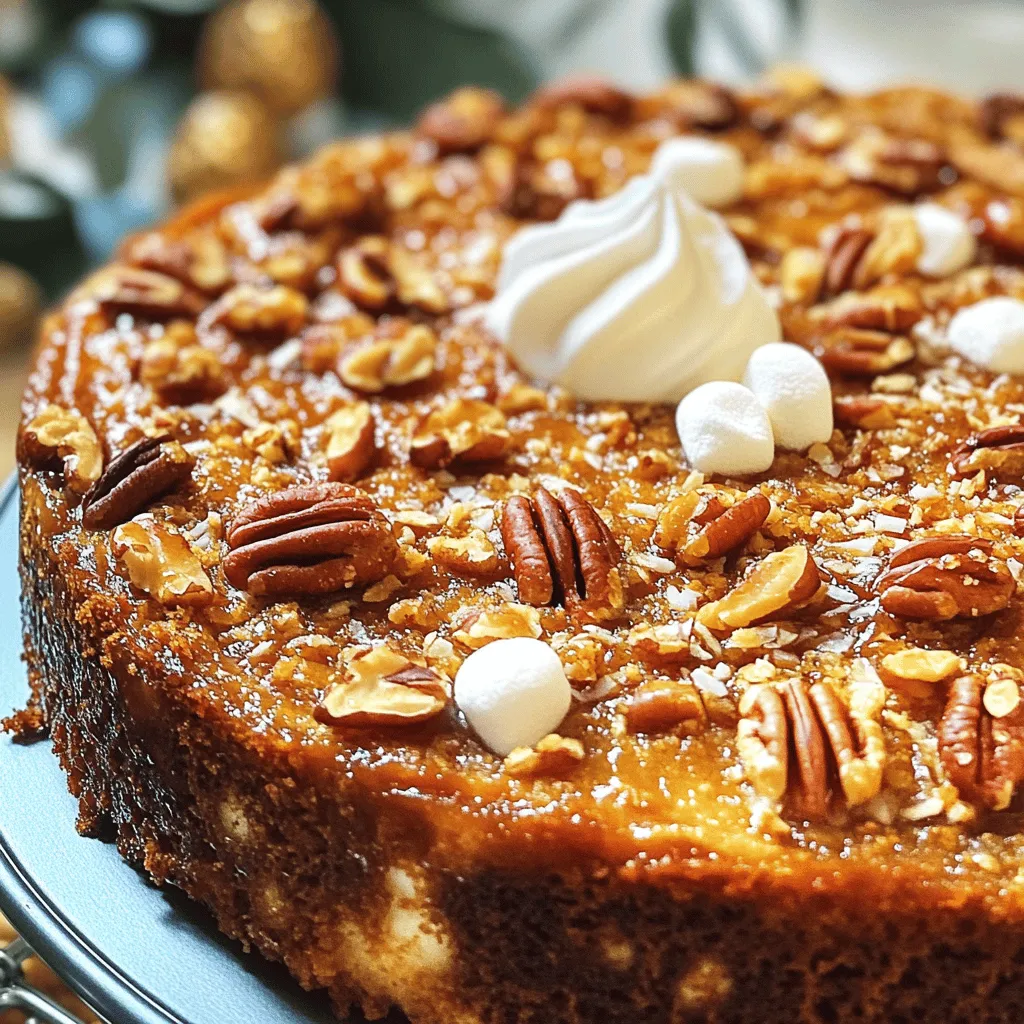
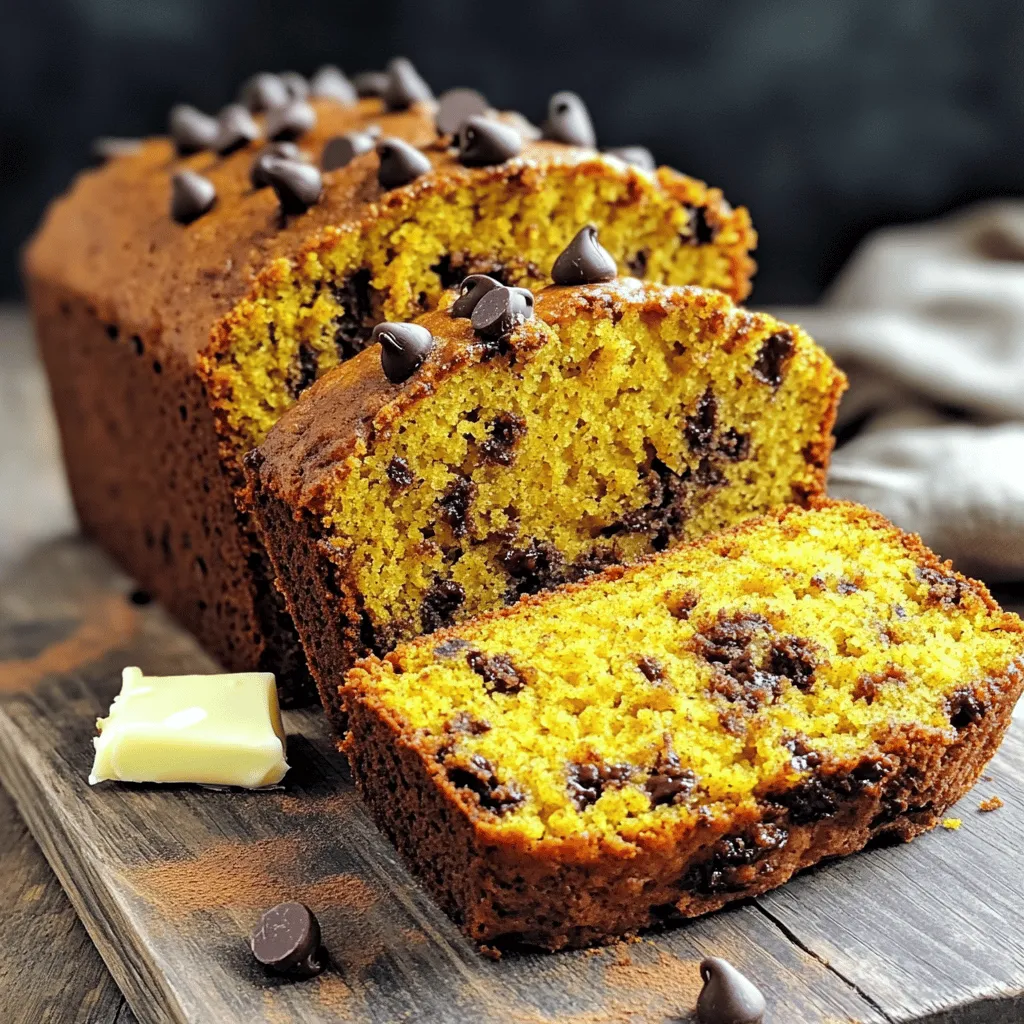
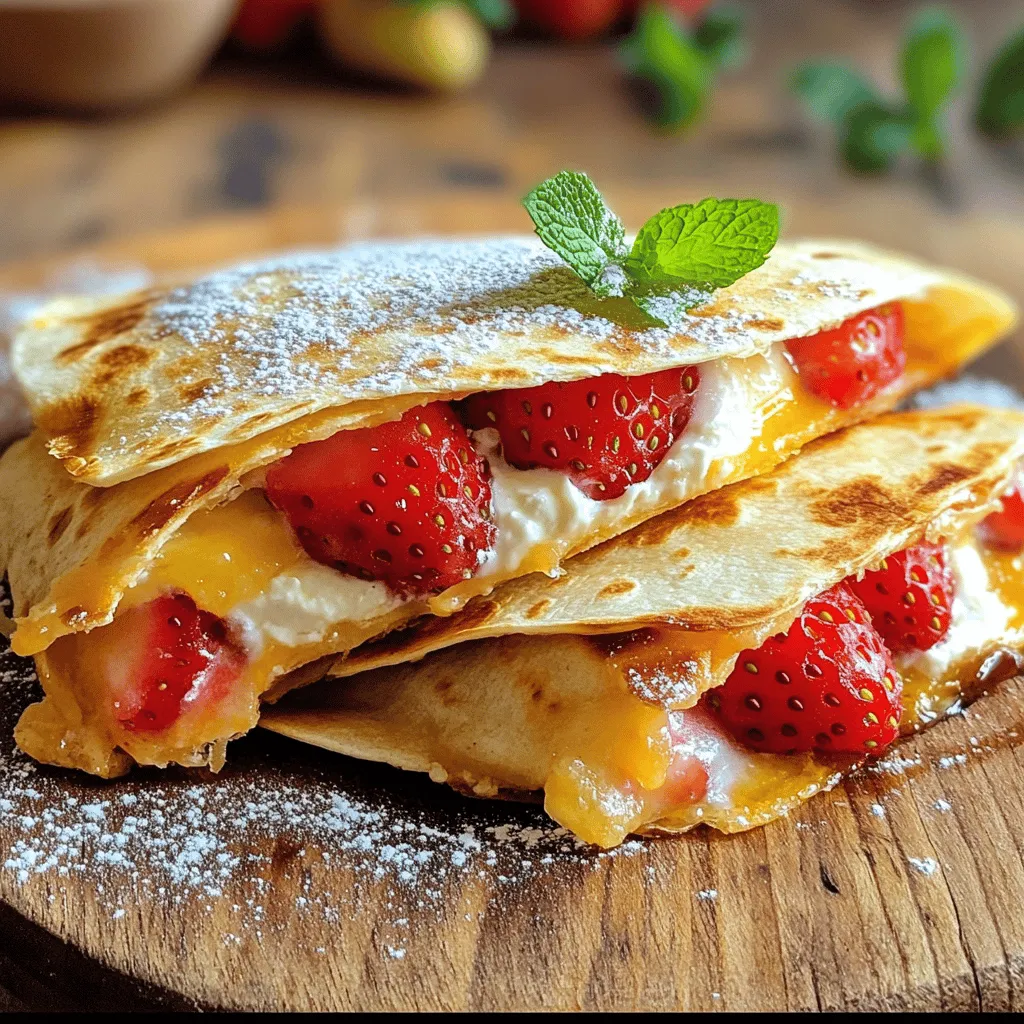
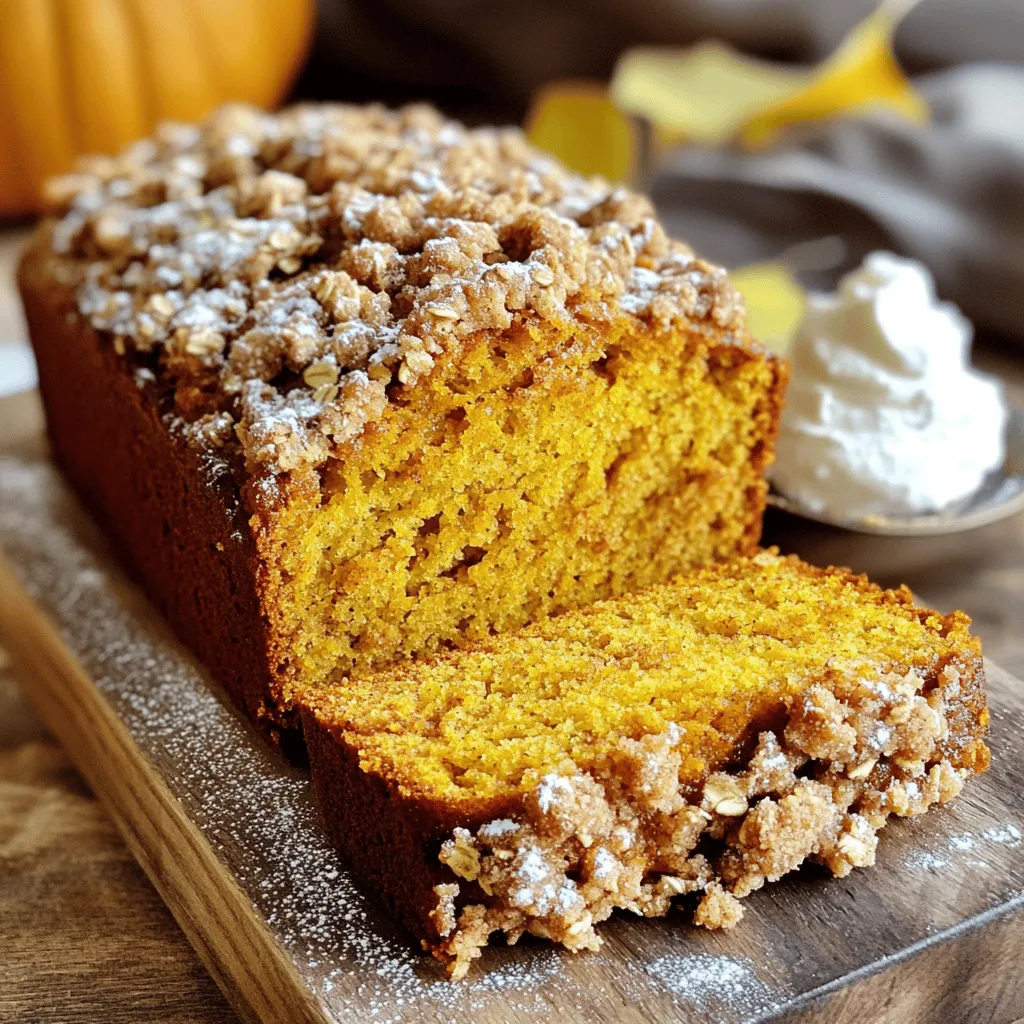
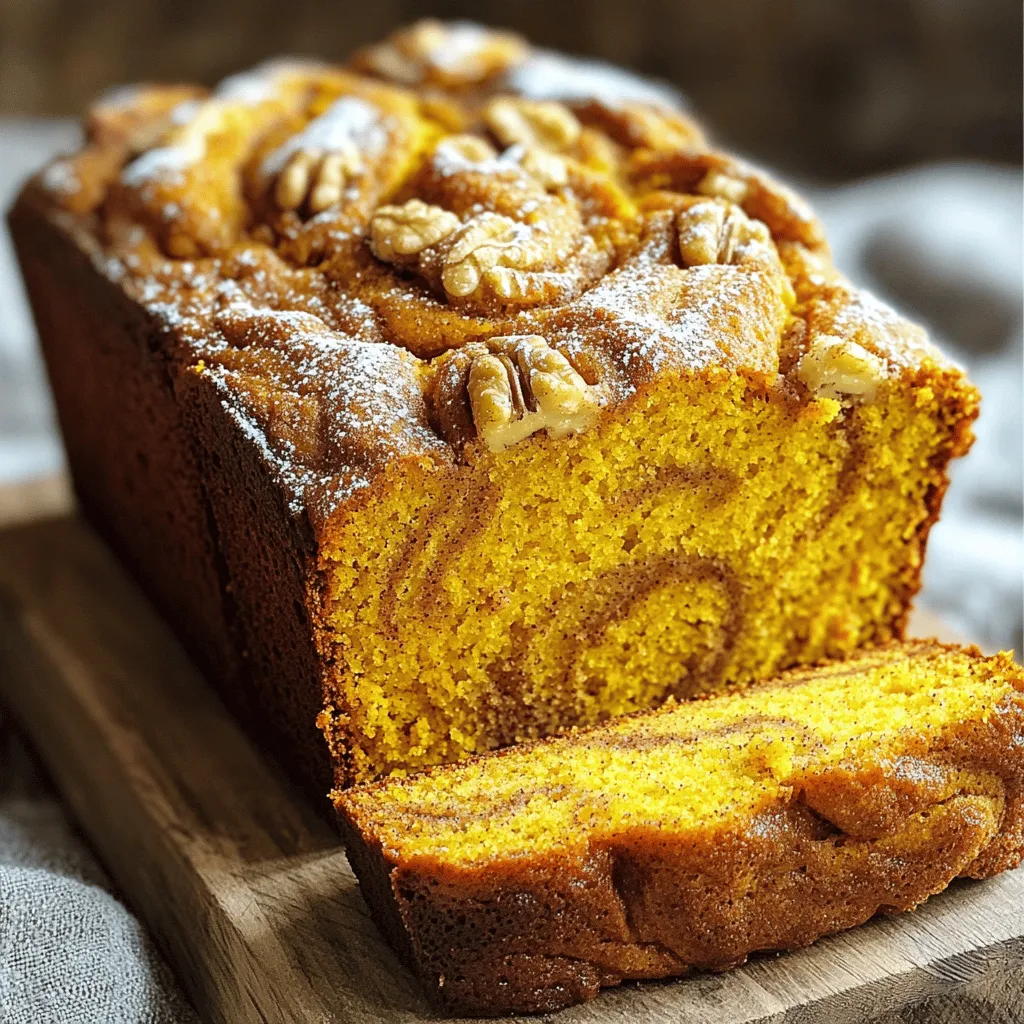
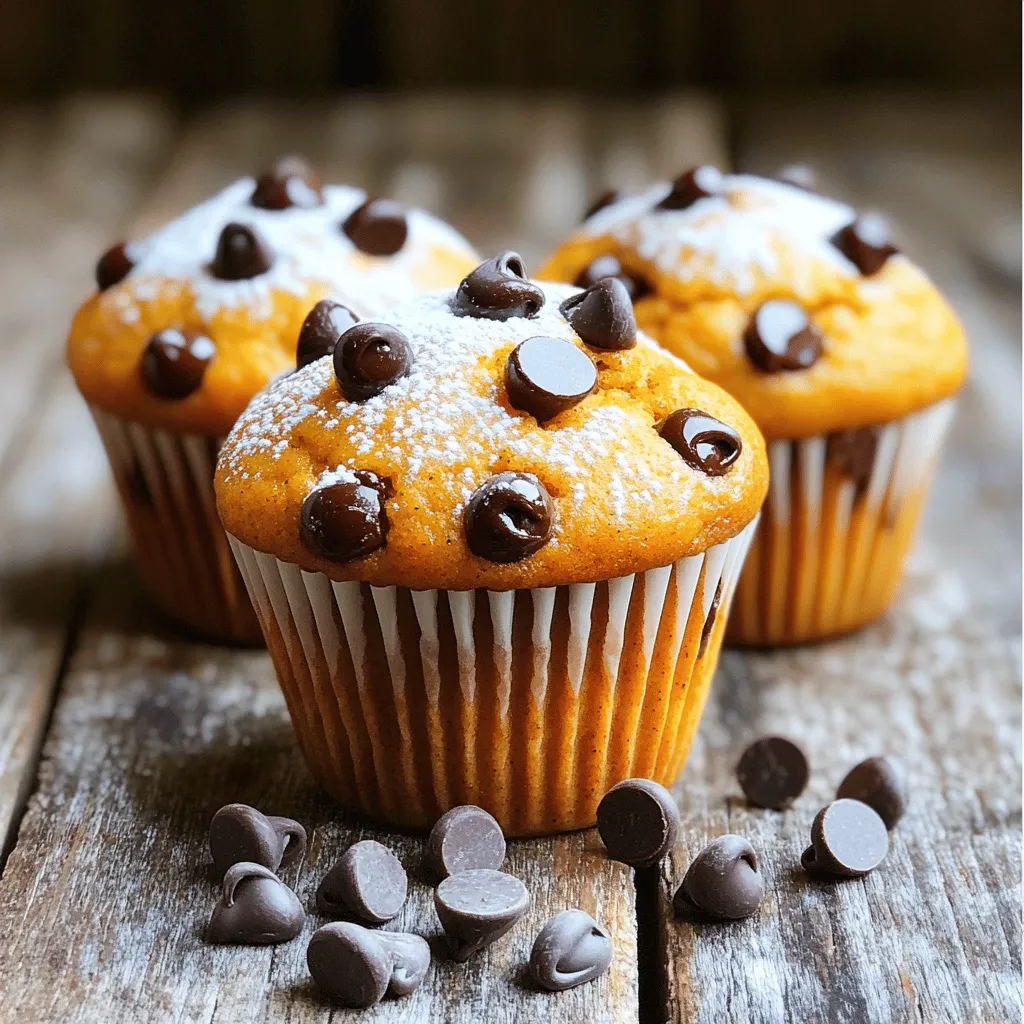
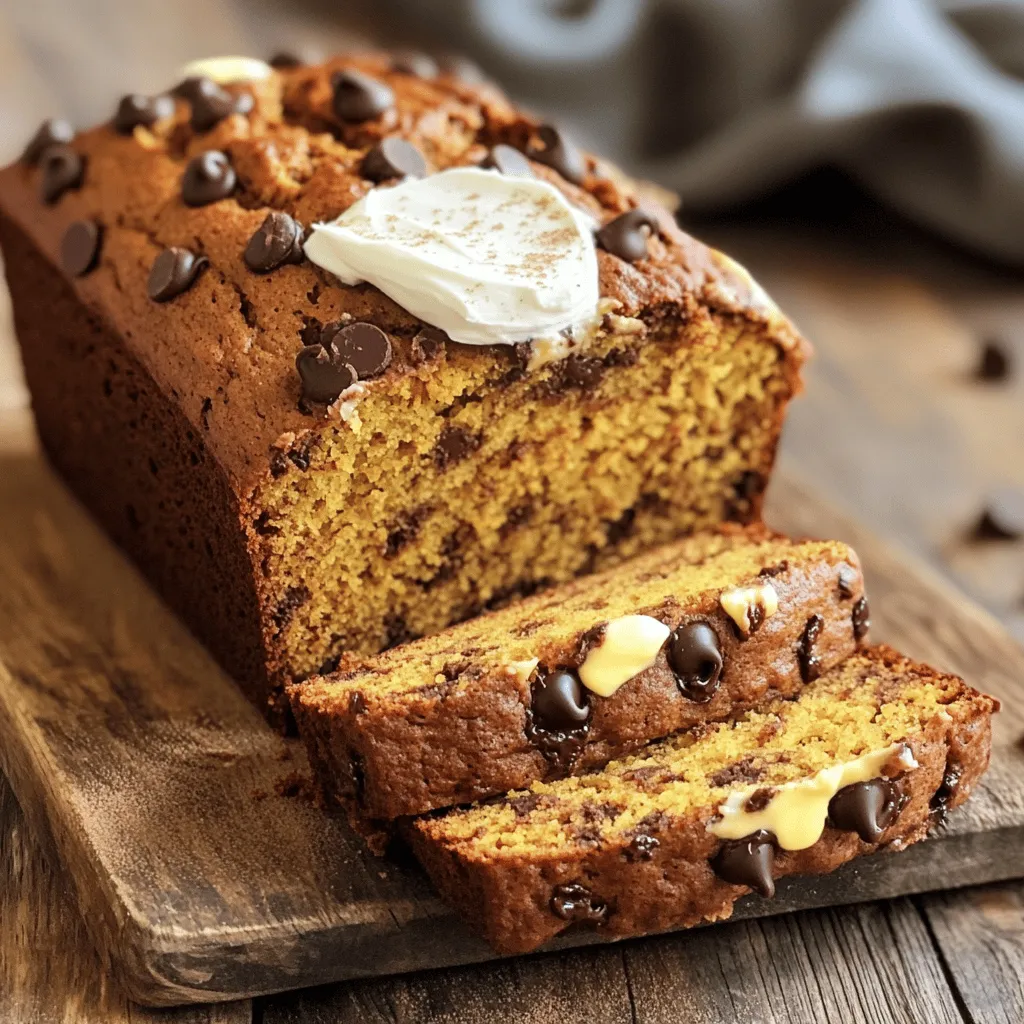
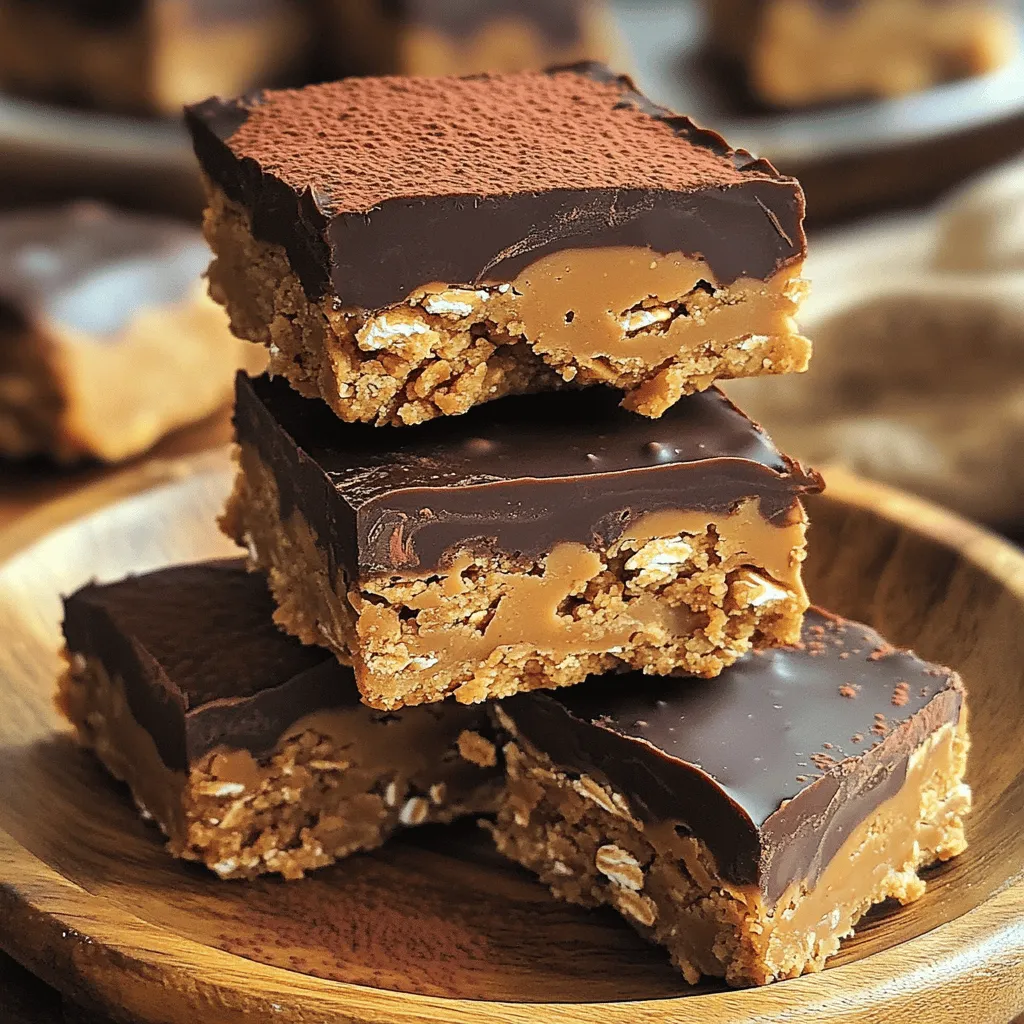
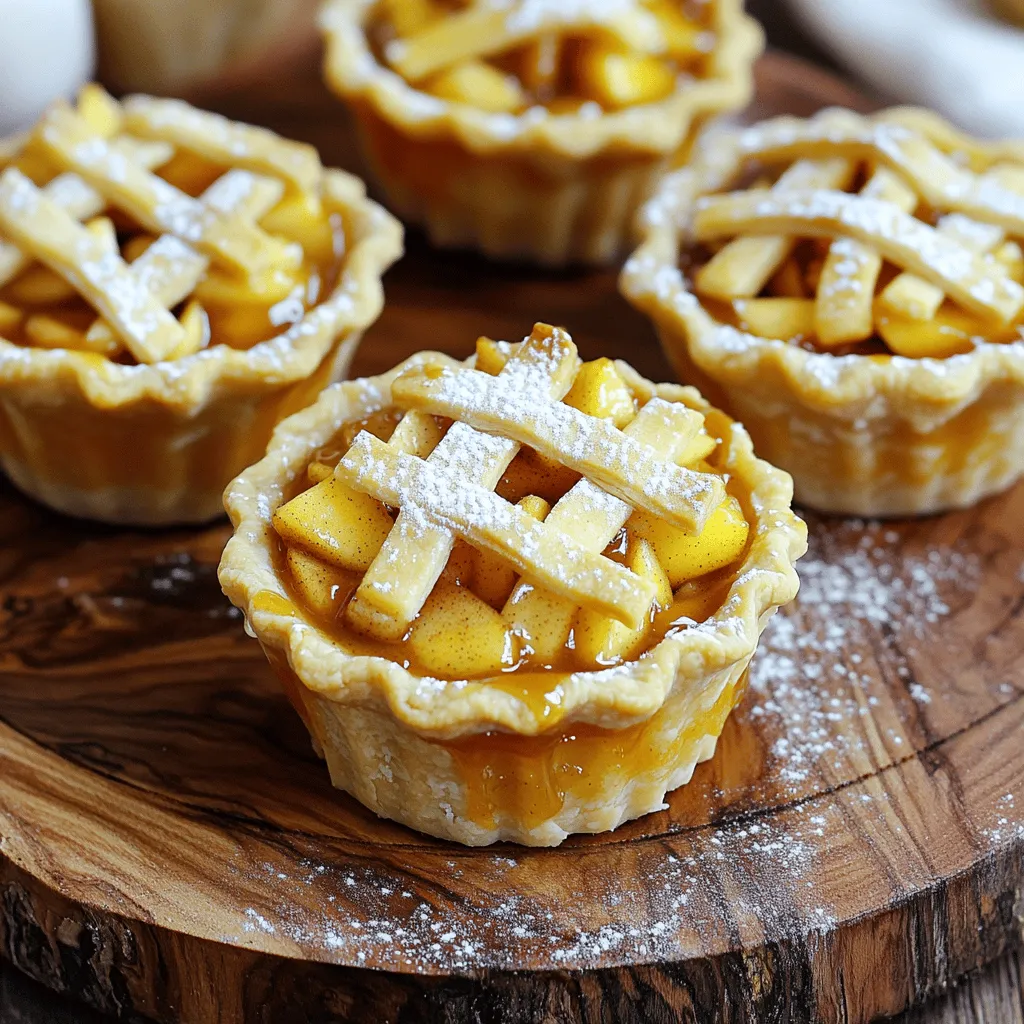

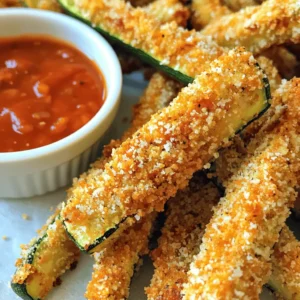
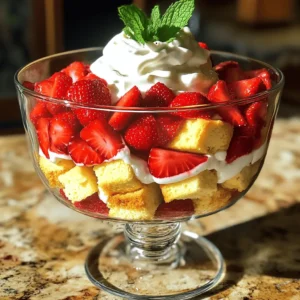
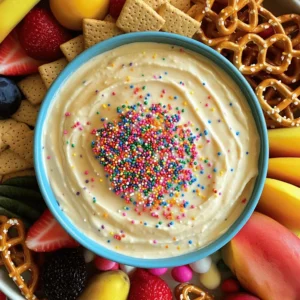
, you can follow these steps and enjoy a healthy meal! To avoid overcooking the eggs, watch them closely. Bake for 12-15 minutes only. If you prefer runny yolks, check them at the 10-minute mark. The key is to see the whites set but the yolk remains soft. For firm avocados, use a baking dish that supports them well. Cut a small slice from the bottom of each avocado half to create a stable base. You can also crumple foil to help prop them up. A steady avocado ensures your eggs won’t spill out. Pair your baked avocado eggs with fresh sides. Sliced tomatoes add color and balance the dish. Toasted bread is perfect for dipping into the eggs. For a more complete meal, consider serving with a light salad or some crispy bacon. For presentation, use a rustic wooden board. Place the avocados on the board, garnished with extra chives. A sprinkle of paprika adds a pop of color. Serve warm for the best experience. Avocados are rich in healthy fats and fiber. They support heart health and help you feel full. One avocado has about 250 calories and offers vitamins like E and K. Eggs add protein and essential nutrients, making this meal well-rounded. Adding toppings like chives boosts flavor and nutrition. Chives have antioxidants, which are great for your immune system. Feta cheese adds a creamy texture and calcium. Each bite is not only tasty but also healthy. {{image_2}} You can mix flavors to make baked avocado eggs even better. For a sweet option, add diced tomato or salsa on top. This brightens up the dish and adds a fresh twist. You can also try a spicy kick by drizzling hot sauce or adding jalapeños. The heat pairs well with the creamy avocado and egg. If you want vegan options, swap the eggs with tofu. Silken tofu works best for a similar texture. For those on low-carb or keto diets, stick to the basic recipe. The avocados and eggs keep it low in carbs while being filling. You can also add cheese for extra flavor if you eat dairy. Want to travel through flavors? Try a Mediterranean style by adding olives and sun-dried tomatoes. This gives a taste of the coast. For a Mexican-inspired twist, top your eggs with fresh cilantro, pico de gallo, or even some black beans. These toppings make the dish fun and unique. For the full recipe, check out Avocado Delight: Baked Eggs. To store leftovers safely, let the baked avocado eggs cool down first. Place them in an airtight container. Keep the eggs and avocados together for the best taste. They can stay fresh in the fridge for up to two days. To maintain freshness, avoid stacking them. This prevents squishing and keeps the presentation nice. For reheating, use the oven for the best results. Preheat to 350°F (175°C). Place the avocado eggs on a baking sheet. Heat for about 10 minutes. This helps keep the eggs soft and the avocados creamy. You can also use a microwave, but be careful. Microwave for 30 seconds at a time to avoid overcooking. Can baked avocado eggs be frozen? I do not recommend it. Freezing changes the texture of both the egg and avocado. If you want to prepare ahead, consider freezing the avocado separately. When ready to cook, thaw it in the fridge overnight. Then, follow the full recipe to bake fresh eggs in the avocado. Can I use larger eggs for baked avocado eggs? Yes, you can use larger eggs. Just make sure the avocado can hold the egg. If not, scoop out a bit more flesh. This helps to avoid spills. What can I substitute for feta cheese? You can use goat cheese or ricotta cheese instead. Both add creaminess and flavor. Nutritional yeast is a great vegan option for a cheesy taste. How long do the avocados last after baking? Baked avocados are best eaten fresh. If you have leftovers, store them in the fridge. They last about one day. The texture may change, but they are still safe to eat. Are baked avocado eggs safe for meal prep? They can be part of meal prep but eat them soon. These eggs may not stay fresh long. It's best to bake them just before you want to eat. Can I use a microwave for baked avocado eggs? Yes, you can microwave them. Place the avocado halves in a microwave-safe dish. Cook in short bursts, checking often. This method may not give the same texture as baking. What’s the best way to serve them warm? Serve them right from the oven for the best taste. Add garnishes like chives and feta right before serving. Pair with toasted bread for a yummy breakfast. How many calories are in baked avocado eggs? Each serving has about 300 calories. This can vary based on toppings. It's a filling option with healthy fats and protein. Are baked avocado eggs healthy for a diet? Yes, they are a great choice for a healthy diet. They have good fats from avocados and protein from eggs. Plus, they are low in carbs, making them diet-friendly. Baked avocado eggs are a simple and tasty dish. We covered the key ingredients and cooking steps. You learned tips for perfection and flavor variations. Plus, we explored health benefits and storage ideas. Feel free to get creative with toppings or spices. Enjoy this dish for breakfast or a snack. You can trust that these baked avocado eggs are both delicious and nutritious. Try them today!](https://southerndishes.com/wp-content/uploads/2025/06/161eb47c-c3b8-4443-b4c5-5b2adda1352e-300x300.webp)
